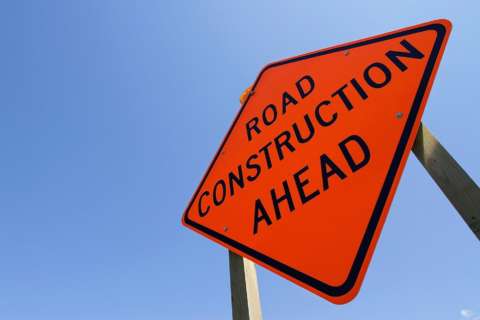WASHINGTON — Running on empty can be costly and potentially dangerous, but more than one in 10 drivers fails to respond to low fuel warning lights, a recent AAA survey finds.
“They’re ignoring it. And they’re ignoring it to their peril,” said John Townsend, of AAA Mid-Atlantic.
Eleven percent of all motorists continue to drive after the low fuel warning light comes on, the survey found.
Millennials are the most likely to push their luck with the warning light, at 21 percent, the survey found. It’s not strictly tied to age, though: Gen Xers (7 percent) play it safer than baby boomers (10 percent).
Running out of gas can be dangerous
“You lose your power steering and the brakes” when your car stalls because it’s out of gas, Townsend said. “You may be stuck in the middle of the Beltway; you may be stuck in a precarious situation.”
In extreme weather situations, running out of gas also means your car doesn’t have heat or air conditioning.
Running on fumes can be costly
When fuel is extremely low, Townsend said, sediment in the bottom of the tank can get drawn into the fuel pump; air can get into the system as well, also potentially causing damage to the fuel pump.
“The repair cost can be anywhere from $300 to $500 at the least,” Townsend said.
Prepare for the unexpected
The D.C. area can experience epic traffic jams for myriad reasons. It might be foolhardy, Townsend said, to think you’ll get through hours of unexpected stop-and-go traffic with a low=fuel tank.
“It is wise to always have at least a half-tank of gas at all times,” Townsend said.








